Muscle cars have always been symbols of raw power and performance. However, some models were so ahead of their time that they struggled to find success in their respective eras. These cars, equipped with pioneering technologies and designs, were misunderstood or undervalued when they first hit the market. Let’s explore ten muscle cars that were just too advanced for their own good.
Pontiac GTO Judge
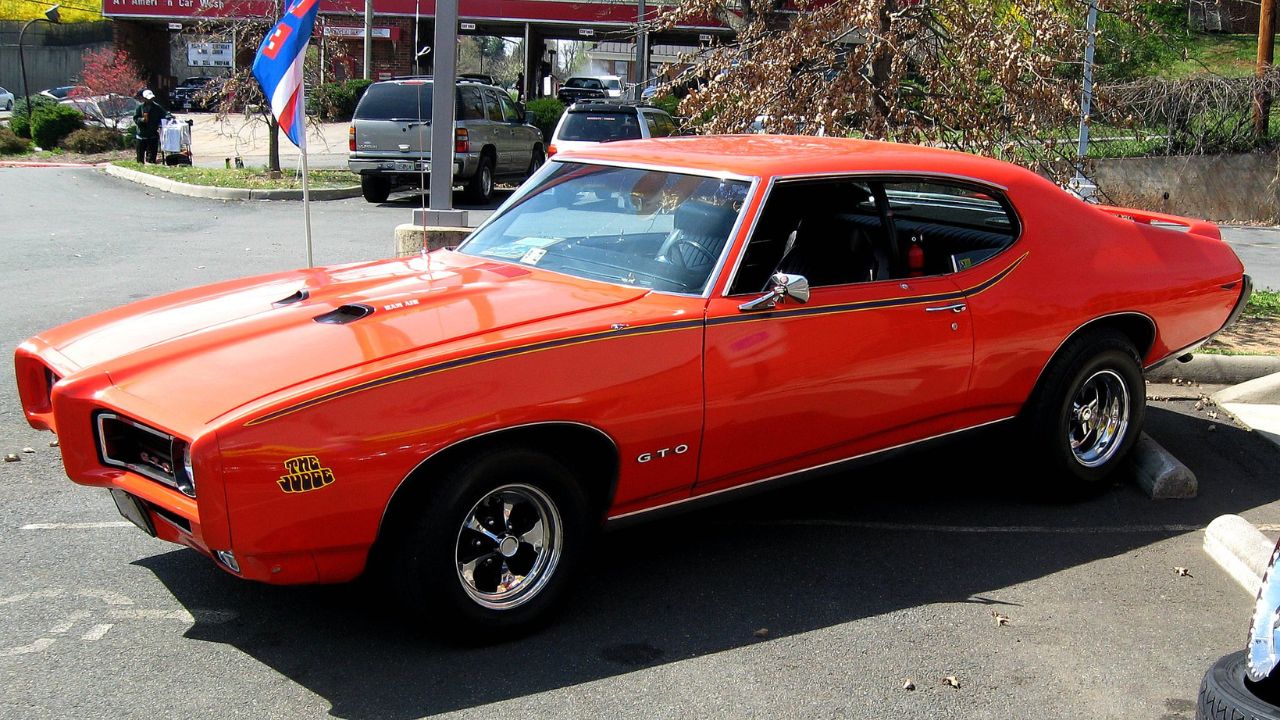
The Pontiac GTO Judge, launched in 1969, was a machine that packed a punch with its 366-horsepower Ram Air III engine. Despite its impressive performance, the GTO Judge was overshadowed by other models in Pontiac’s lineup. Its flamboyant design and hefty price tag did not resonate well with the broader market, leading to lower sales than expected.
Interestingly, the GTO Judge has since become a collector’s dream. Its advanced engineering, coupled with its rarity, makes it one of the most sought-after muscle cars today. This iconic model was a harbinger of a new era of high-performance vehicles, even if the world wasn’t quite ready for it.
Ford Mustang Boss 429
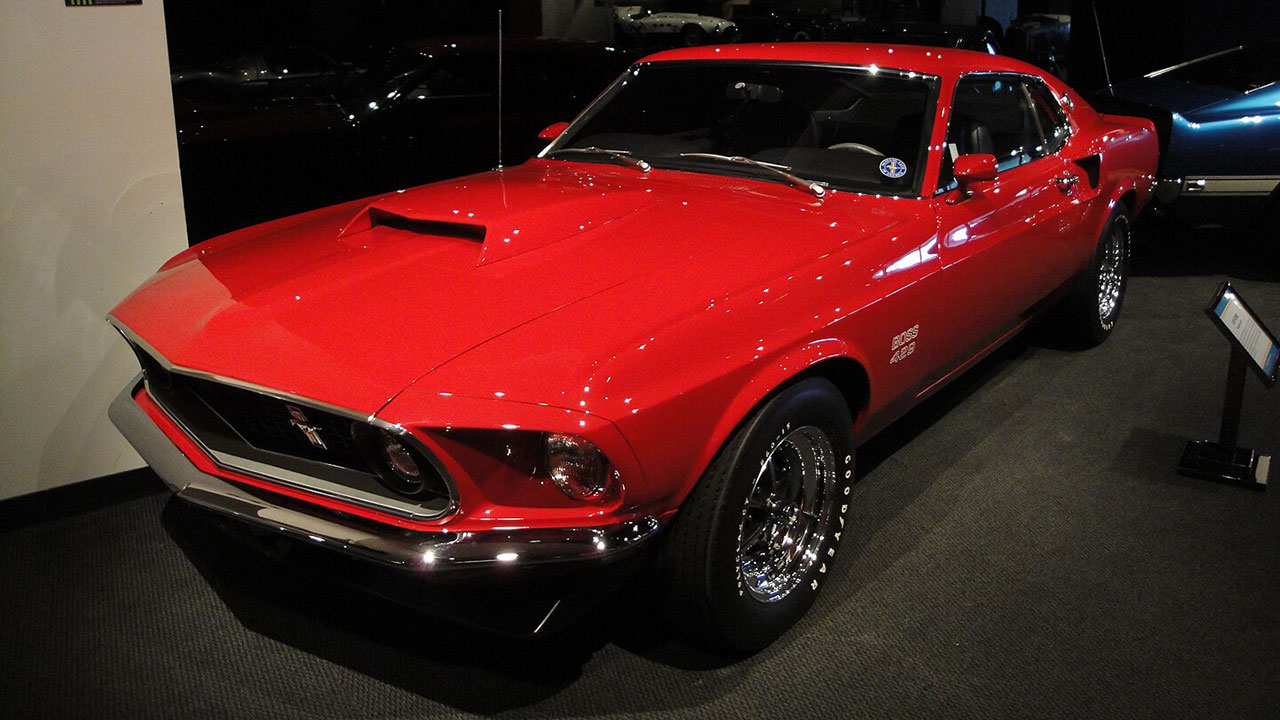
The Ford Mustang Boss 429, produced in 1969 and 1970, was a beast designed to homologate Ford’s NASCAR engine. With a 429 cubic inch V8 engine, it was one of the most powerful Mustangs ever built. However, its high price and limited production run made it accessible to only a few enthusiasts.
Despite its limited commercial success, the Boss 429 is revered for its engineering brilliance. The car’s large engine bay and unique suspension system were groundbreaking at the time, paving the way for future high-performance Mustangs. Today, the Boss 429 is a testament to Ford’s ambitious engineering vision.
Chevrolet Camaro ZL1

The 1969 Chevrolet Camaro ZL1 was a marvel of engineering with its all-aluminum 427 cubic inch V8 engine. It was so advanced that it was essentially a race car disguised as a street-legal vehicle. However, the high cost of production and purchase limited its appeal, with only 69 units ever built.
The ZL1’s performance was unmatched, but its exclusivity kept it from becoming a mainstream success. Today, it stands as a rare and powerful example of Chevrolet’s innovation in muscle car design, often fetching high prices at auctions due to its scarcity and performance capabilities.
Dodge Charger Daytona
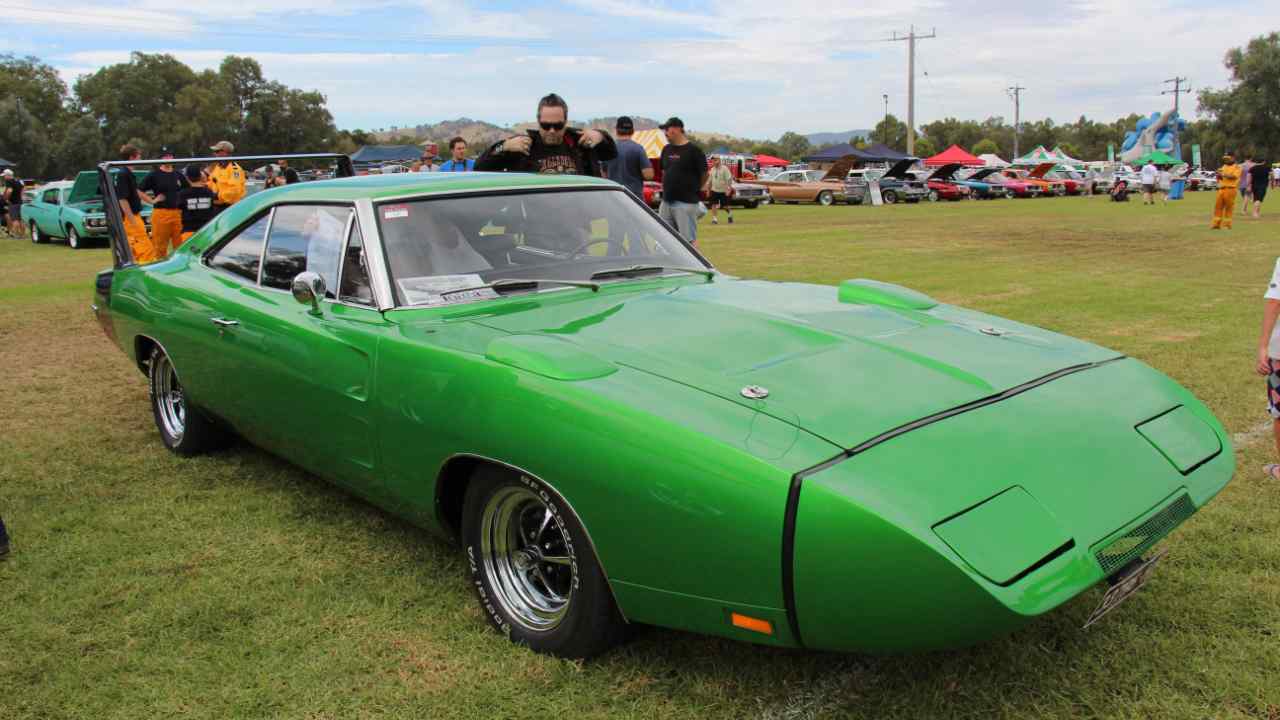
The Dodge Charger Daytona, released in 1969, was a pioneer in aerodynamics with its distinctive nose cone and massive rear wing. These features were designed to dominate NASCAR tracks, but on the street, they were met with mixed reactions. The Daytona was too radical for many consumers, leading to modest sales.
Despite its initial reception, the Daytona’s impact on automotive design is undeniable. It showcased the potential of aerodynamic enhancements in improving performance, a concept that has become standard in modern car design. The Daytona is now a celebrated piece of muscle car history.
Plymouth Hemi Cuda
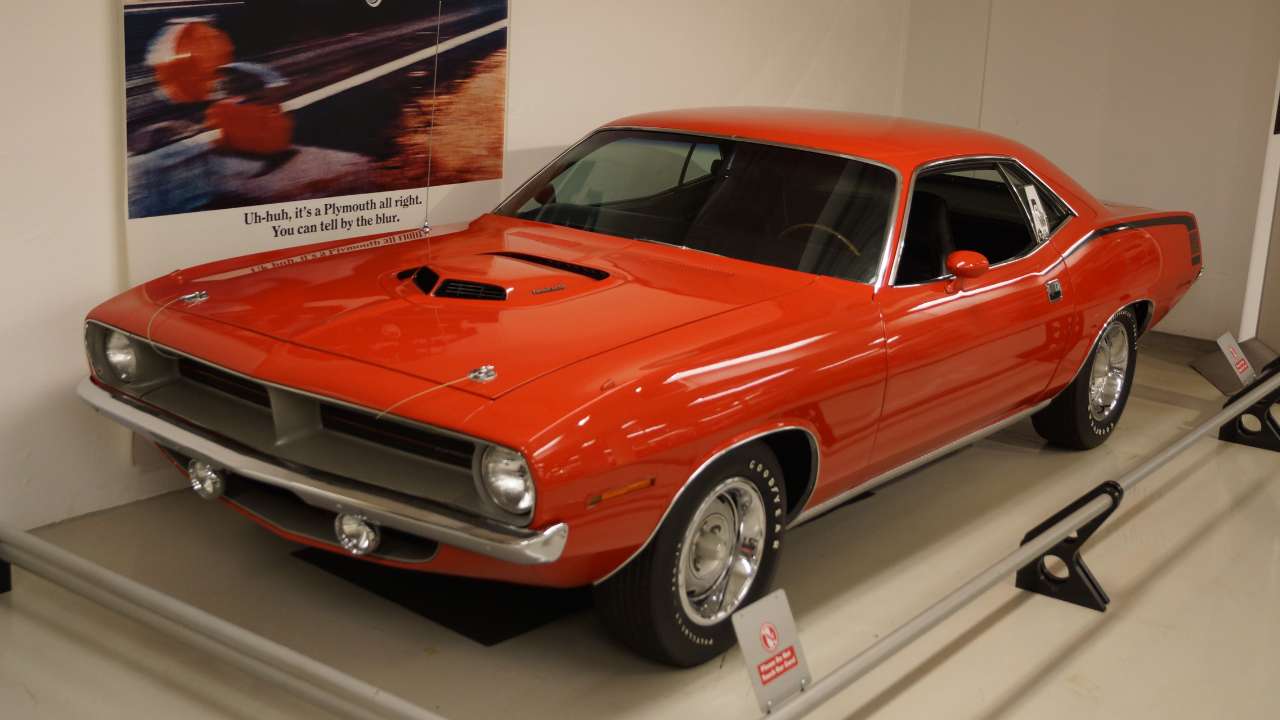
The Plymouth Hemi Cuda, especially the 1970 model, represents peak muscle car performance with its 426 Hemi engine. It was a formidable machine on the track, but its high price and insurance costs deterred many potential buyers. This led to a relatively low production number.
Today, the Hemi Cuda is a highly prized collector’s item, admired for its brute strength and iconic design. Its advanced powertrain and aggressive styling have made it a legend in the muscle car community, appreciated far more now than during its production years.
AMC Javelin AMX
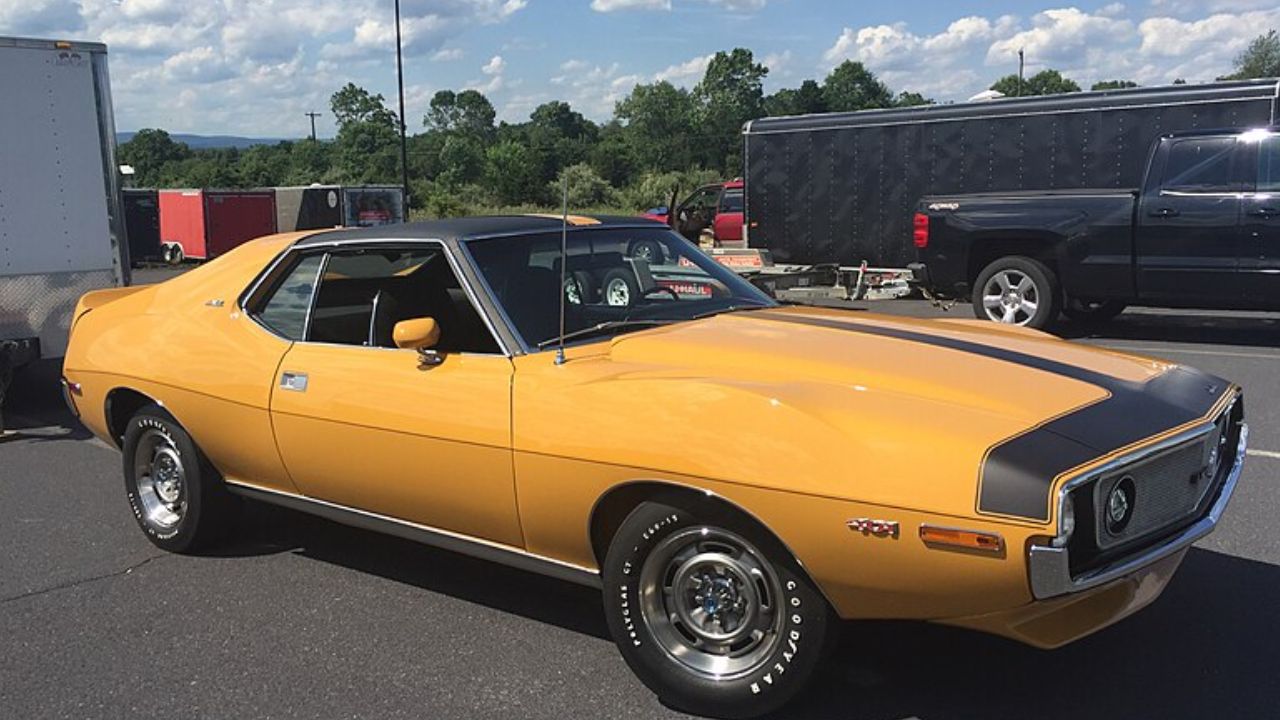
The AMC Javelin AMX, produced from 1968 to 1974, was AMC’s answer to the muscle car craze. With a powerful V8 engine and unique styling, it offered performance that rivaled its more famous competitors. However, AMC’s smaller dealer network and brand perception limited its reach.
Despite these challenges, the Javelin AMX demonstrated AMC’s ability to produce a competitive muscle car. Its innovative design elements influenced future models, and today it enjoys a cult following among enthusiasts who appreciate its distinctiveness and engineering prowess.
Oldsmobile 442 W30
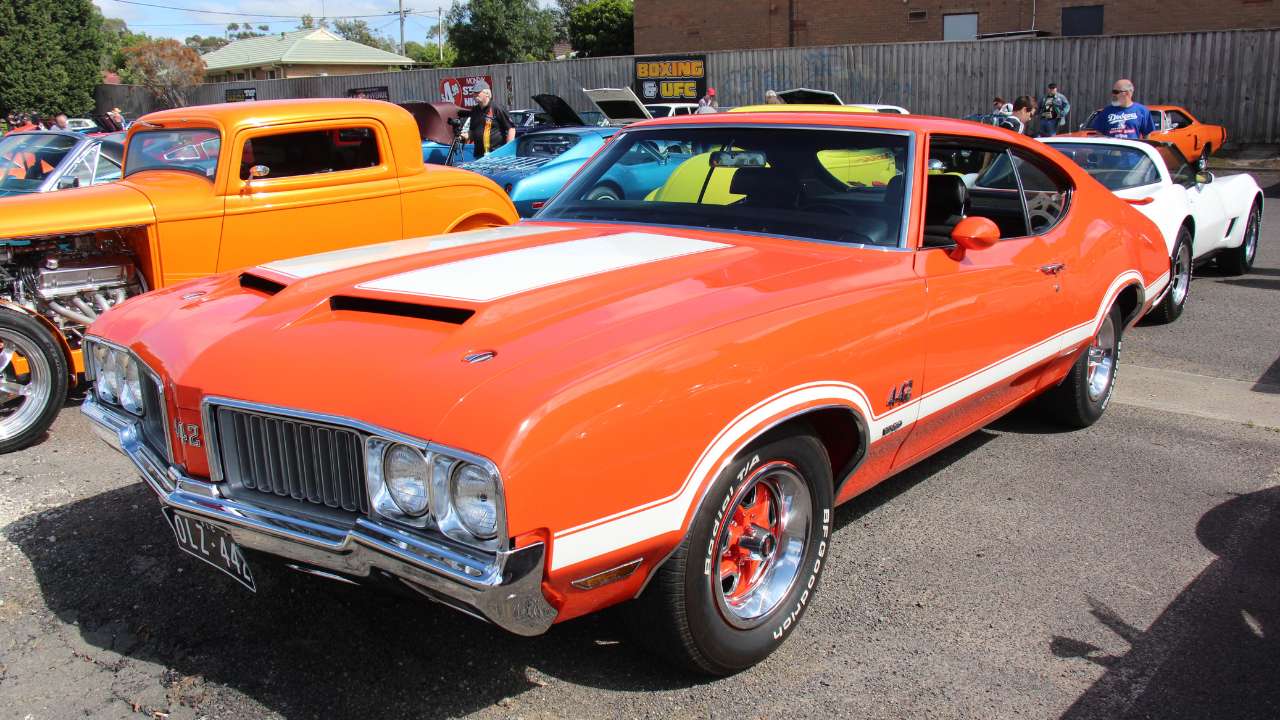
The Oldsmobile 442 W30, particularly from the 1970 model year, was a performance powerhouse with its 455 cubic inch V8 engine. It featured advanced components like a forced-air induction system and a special camshaft. However, the 442 W30 was overshadowed by its more popular GM siblings, like the Chevrolet Chevelle SS.
Despite being underrated during its production run, the 442 W30 has gained recognition for its exceptional engineering and performance. It stands as a testament to Oldsmobile’s commitment to performance, showcasing technology that was ahead of its time in the muscle car segment.
Buick GSX Stage 1
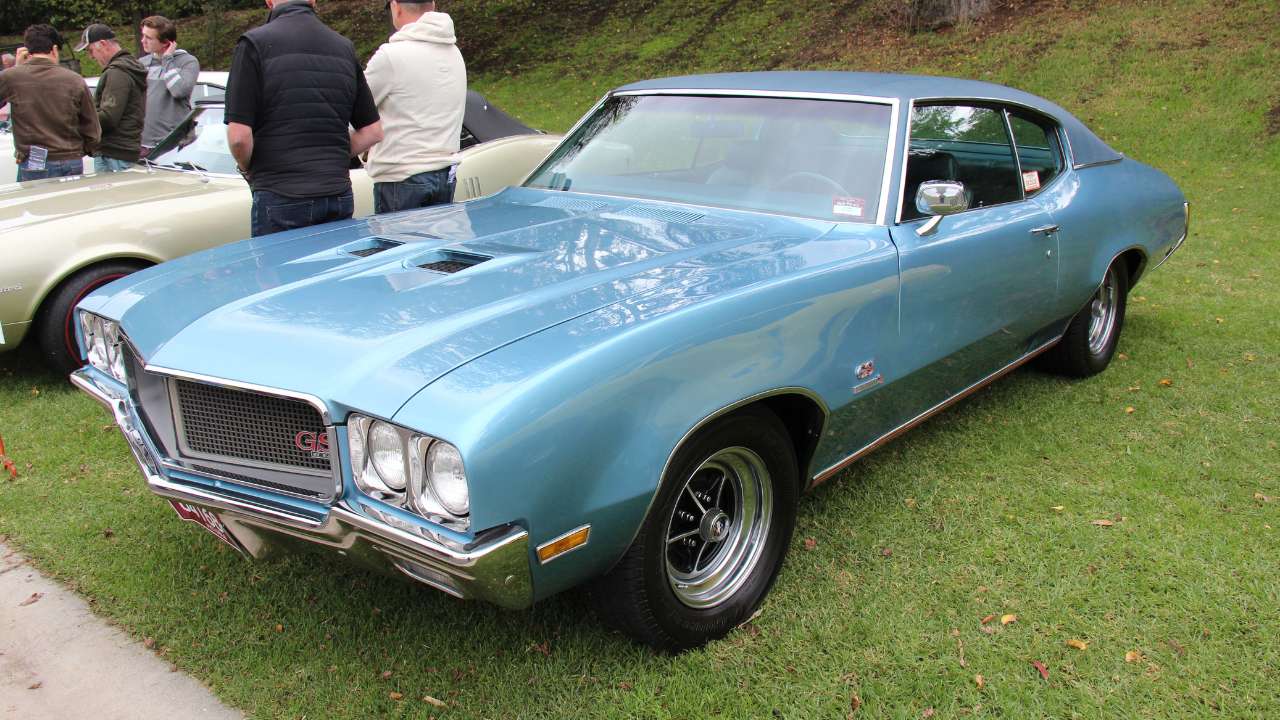
The Buick GSX Stage 1, released in 1970, was a sleeper hit with its 455 cubic inch V8 engine producing 360 horsepower. It offered a luxurious take on muscle cars, blending performance with Buick’s signature comfort. However, its high cost and Buick’s luxury image kept sales modest.
Today, the GSX Stage 1 is celebrated for its blend of power and refinement. It demonstrated that muscle cars could offer both performance and comfort, a concept that has influenced the design of modern performance vehicles. The GSX Stage 1 remains a cherished piece of automotive history.
Mercury Cougar Eliminator
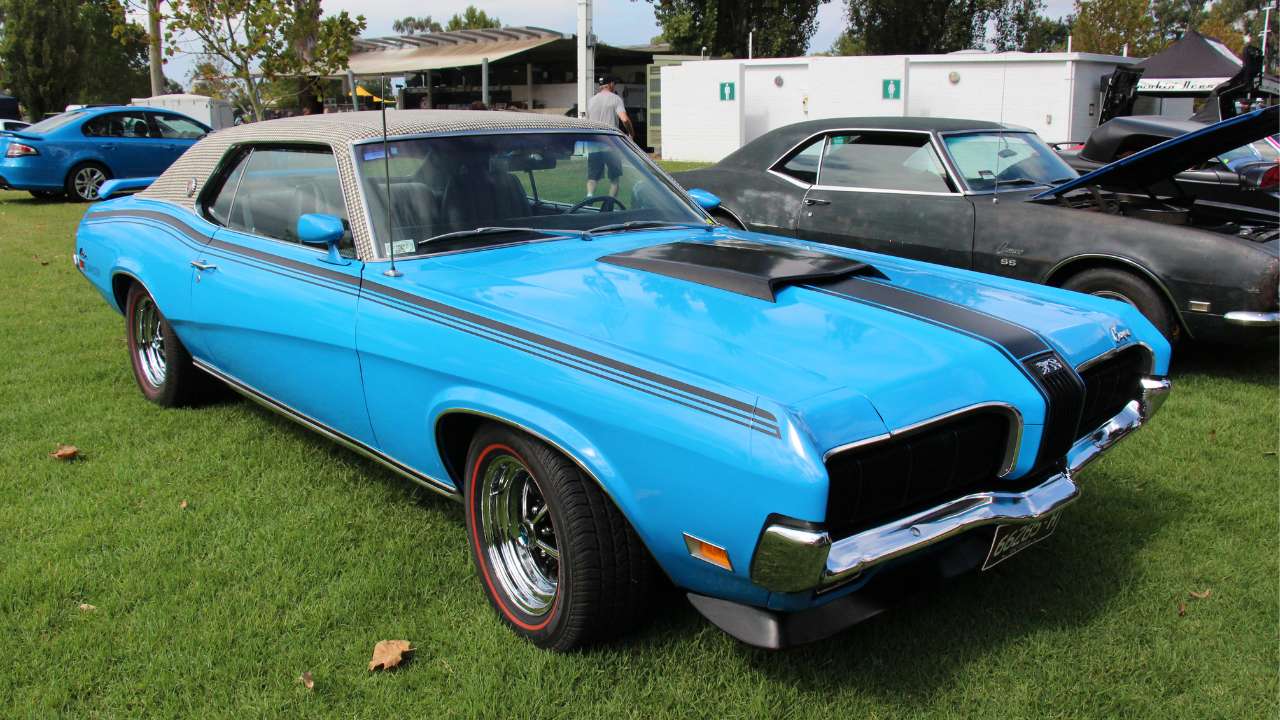
The Mercury Cougar Eliminator, produced from 1969 to 1970, was Mercury’s high-performance variant of the Cougar. Equipped with engines like the Boss 302 and 428 Cobra Jet, it was a formidable performer. However, Mercury’s luxury-oriented brand image clashed with the muscle car ethos, limiting its appeal.
Despite this, the Cougar Eliminator is now appreciated for its unique combination of luxury and performance. It offered features that were ahead of its time, such as a competition suspension and optional performance engines. The Eliminator remains a fascinating example of Mercury’s foray into the muscle car market.
Shelby GT500
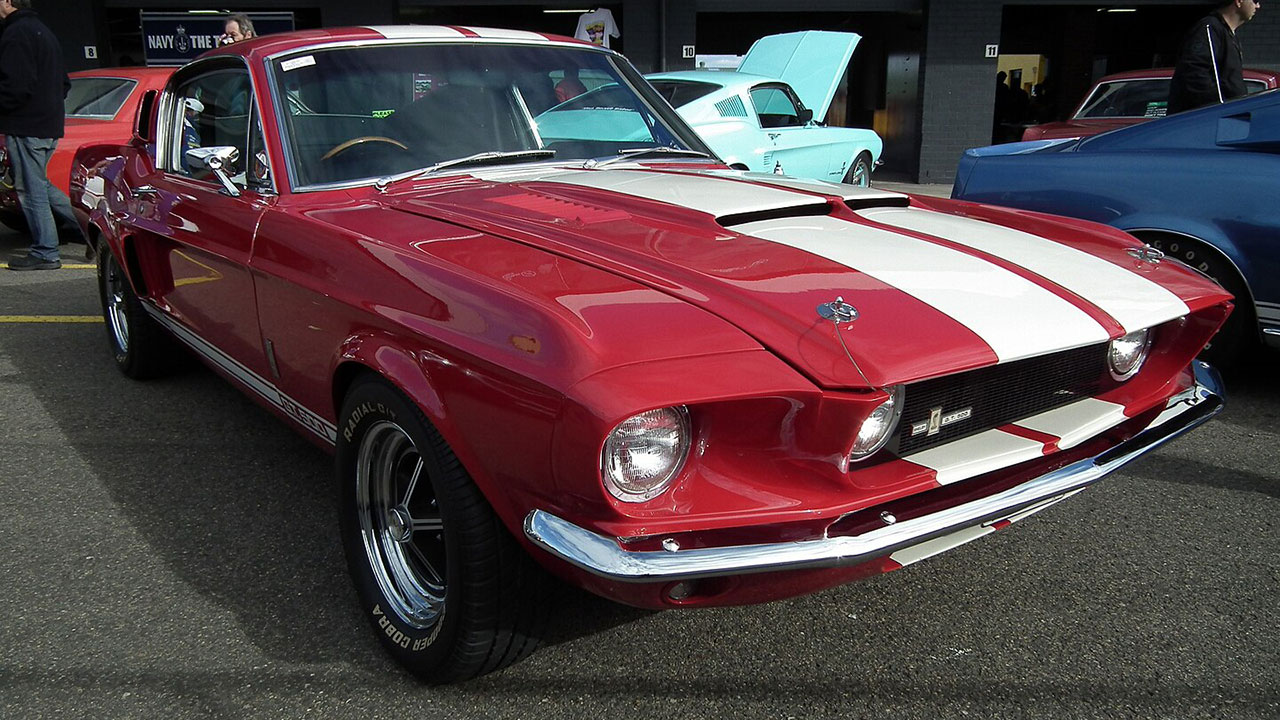
The Shelby GT500, especially the early models from 1967 to 1970, was a high-performance version of the Ford Mustang, featuring a potent 428 cubic inch V8 engine. It was a collaboration with Carroll Shelby, bringing racing pedigree to the streets. Yet, its steep price and competition from within Ford’s lineup limited its sales.
Despite these challenges, the Shelby GT500 is an enduring symbol of American muscle. Its advanced engineering and racing heritage have made it a favorite among collectors and enthusiasts. The GT500’s legacy lives on in modern iterations that continue to push the boundaries of performance.
Like Fast Lane Only’s content? Be sure to follow us.
Here’s more from us:
*Created with AI assistance and editor review.

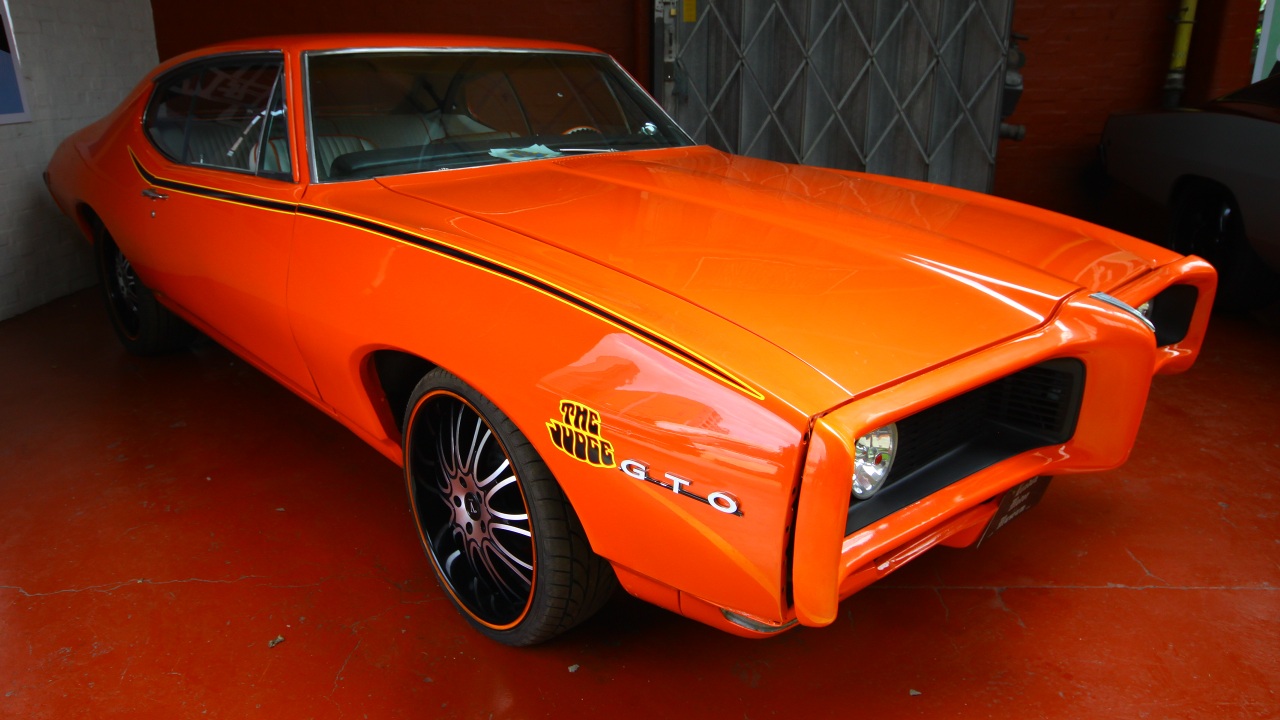
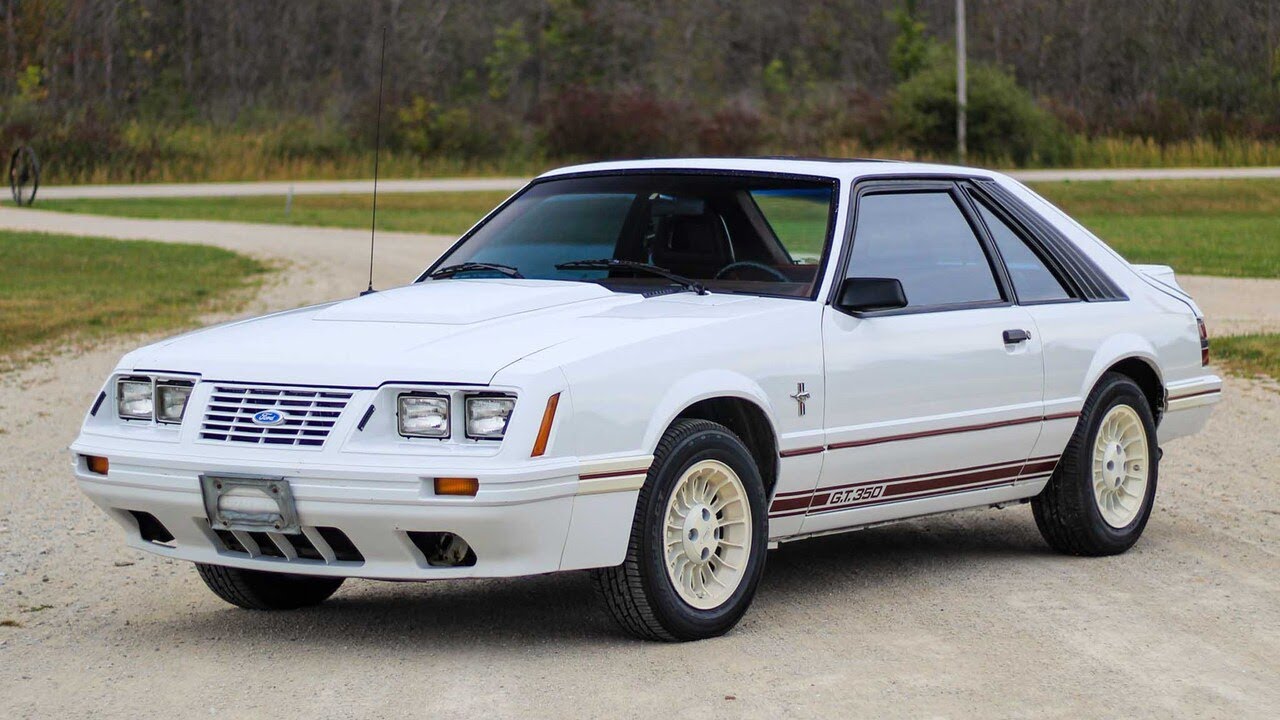

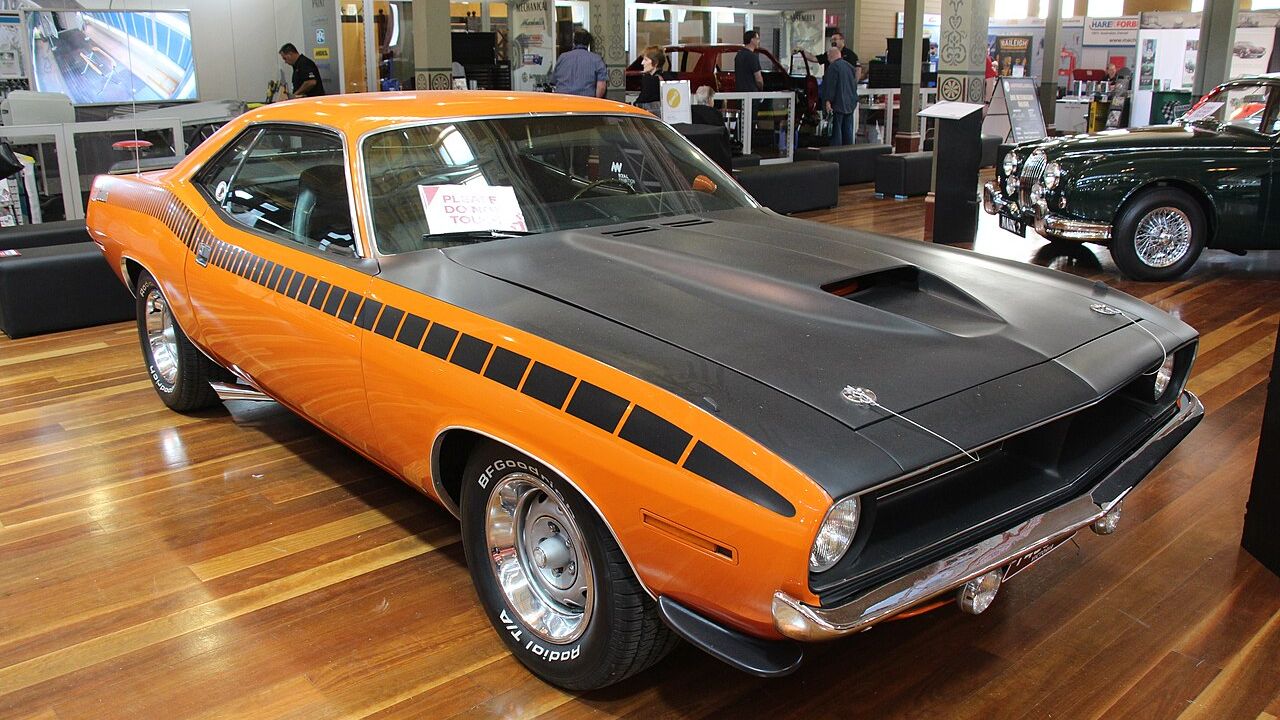
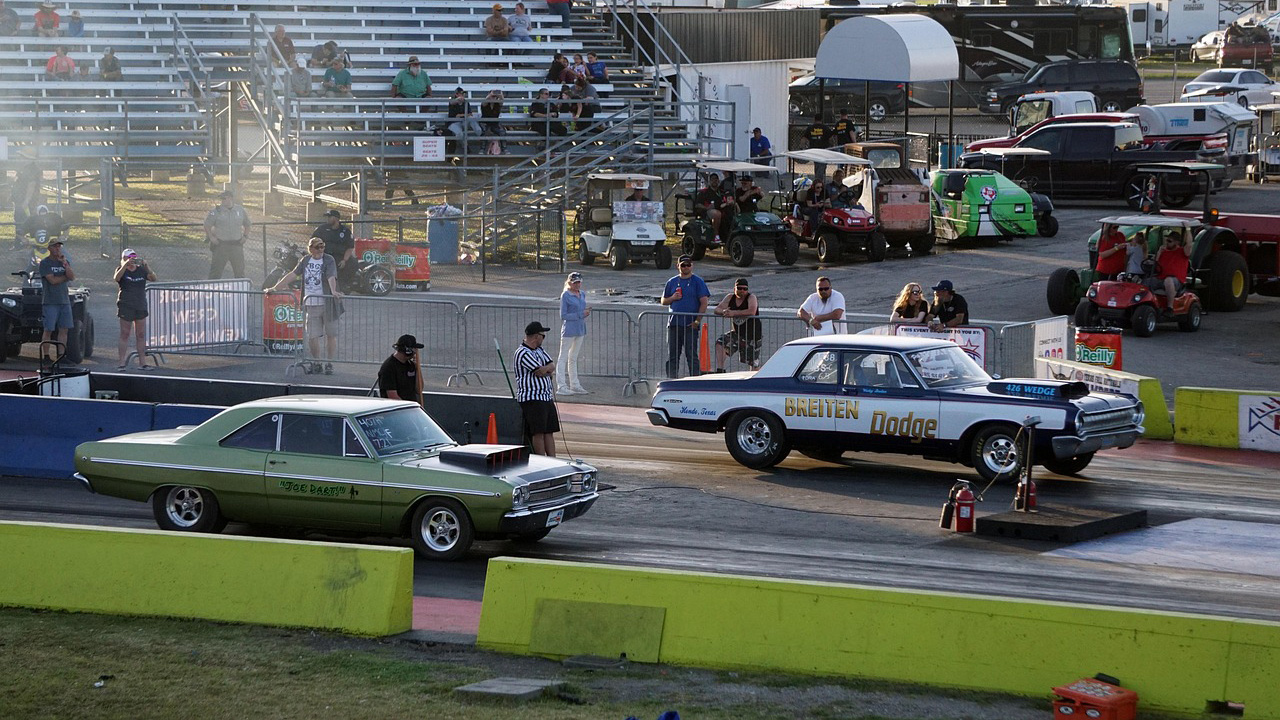
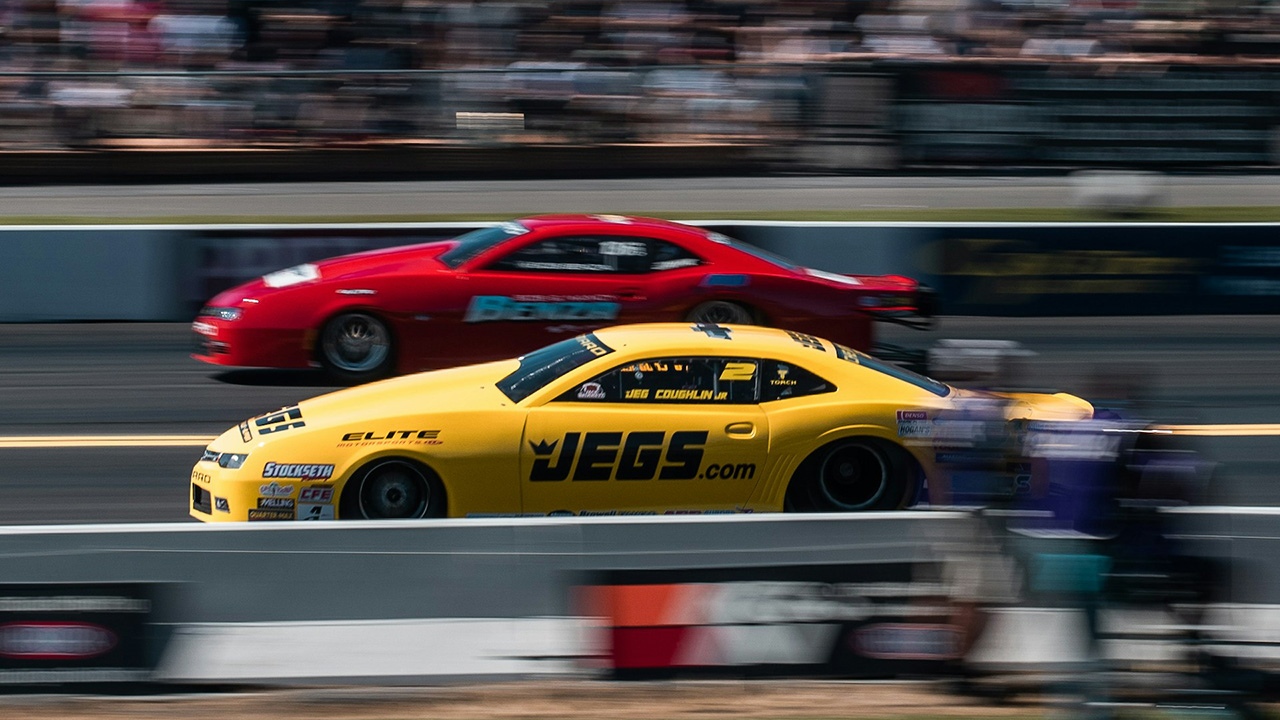
Leave a Reply